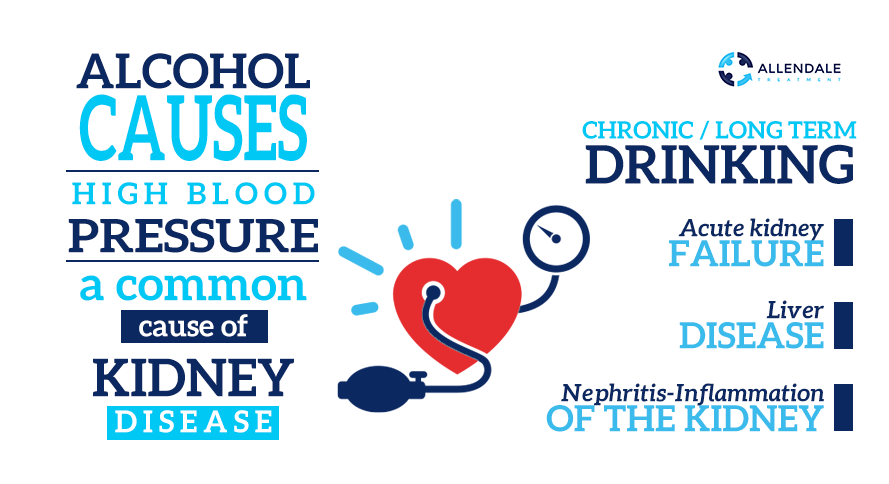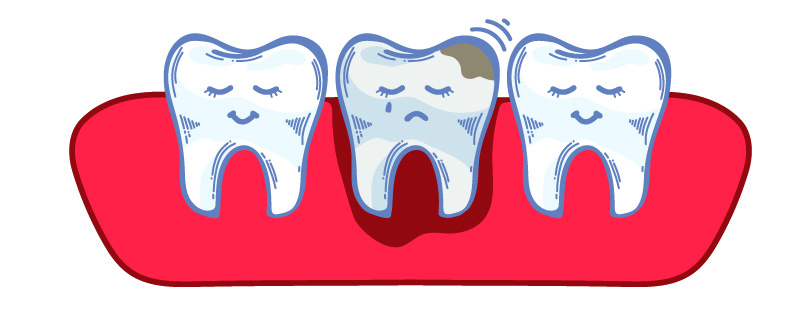HERE ARE 14 WAYS THAT ALCOHOL ABUSE IS NEGATIVELY AFFECTING YOUR BODY.
Hover over a hot spot, or keep scrolling to learn more.
Excessive alcohol consumption negatively affects your:
- Nervous System & Brain
- Eyes
- Mouth & Throat
- Lungs
- Heart & Circulation
- Stomach & Food Pipe
- Pancreas
- Liver
- Kidneys
- Intestines
- Skin
- Blood
- Bones & Muscle
- Sexual Health
Brain & Nervous System
Chronic heavy alcohol use can damage the brain and nerves in a variety of ways. Some damage to the brain, from mild to severe, occurs in around half of chronic heavy alcohol drinkers. This may be a result of thiamine (vitamin B1) deficiency (secondary to alcohol use, either because of poor diet or because alcohol reduces the absorption of thiamine from the gut and interferes with how thiamine is used in the body).
Thiamine deficiency can cause an acute, severe, life-threatening disorder called Wernicke’s encephalopathy, which usually presents with symptoms of abnormal or paralysed eye movements, difficulty walking and confusion. It also causes a chronic condition of memory loss (variously called Korsakoff’s syndrome, psychosis or dementia), where loss of old memories occurs and difficulties in laying down new memories may be profound. Both of these disorders are ultimately fatal without treatment with thiamine.

Lungs
Chronic heavy alcohol use is also associated with higher rates of pneumonia, tuberculosis (an infectious disease that primarily affects the lungs but also any other part of the body), and acute respiratory distress syndrome (ARDS – a life-threatening condition in which the lungs fill with fluid, which occurs as a rare complication of pneumonia, trauma and severe infections). In addition to ways in which acute alcohol use can cause pneumonia, chronic heavy alcohol use also impairs the immune system and changes the bacteria present in the mouth to those more likely to cause infections, making people more vulnerable to pneumonia.
Heart & Circulation
Heavy drinking (both chronic and a pattern of heavy drinking sessions) increases the risk of coronary artery disease. Heavy drinking (chronic and/or at a single session) is also associated with sudden death from heart failure, irregular heartbeats and chronic disease of the heart muscle (dilated cardiomyopathy). Dilated cardiomyopathy leads to heart failure, where the heart can no longer pump blood around the body effectively.
Heavy chronic alcohol use is also linked to high blood pressure, particularly in men. Blood pressure increases with drinking more than two or three drinks a day on average and restriction of alcohol lowers the blood pressure.

Stomach & Food Pipe
Long-term alcohol use can cause cancer of the food pipe (oesophagus) and drinking 50g of alcohol a day (five standard drinks) doubles the risk compared to a non-drinker. However, the risk is much increased in people who drink alcohol who are also deficient in a liver enzyme that metabolises alcohol (East Asian populations are commonly deficient in this enzyme). The risk is also increased in smokers. Chronic heavy alcohol use can also lead to chronic gastritis but it may protect against infection from Helicobacter pylori, the bacteria that cause ulcers of the stomach. In cases of advanced liver disease due to prolonged heavy alcohol use, the veins to the stomach and oesophagus can swell and may burst, causing life-threatening bleeding.

Pancreas
The pancreas is a gland that secretes digestive enzymes and releases insulin, which regulates sugar levels in the blood.
Chronic heavy alcohol use can cause acute pancreatitis (sudden inflammation and damage to the pancreas that resolves over several days) and chronic pancreatitis (inflammation of the pancreas that does not heal and worsens over time). Acute pancreatitis typically causes abdominal and back pain, nausea and fever and may occur a few hours or up to two days after drinking alcohol. In 20% to 30% of people, acute pancreatitis is a severe, life-threatening condition, which requires treatment in hospital.
Chronic pancreatitis typically occurs in people aged 30 to 40-years-old and can cause abdominal pain, weight loss, diabetes, malnutrition and oily bowel motions (because the pancreas helps to digest fat and when the pancreas is damaged, fats are excreted out of the bowel instead of being absorbed into the body). The risk of acute and chronic pancreatitis increases with higher alcohol use.
Moderate alcohol use is associated with a reduced risk of developing type 2 diabetes, although the exact reason for this is not certain.


Liver
Chronic heavy alcohol use can damage the liver, causing alcoholic liver disease. This occurs across a spectrum from fatty liver, to acute alcoholic hepatitis, to cirrhosis.
Fatty liver, where fat builds up in the liver cells, is very common in heavy drinkers and is reversible if drinking is reduced. However, a small percentage of people with fatty liver will develop alcoholic hepatitis, cirrhosis or liver cancer.
Alcoholic hepatitis develops in 10% to 35% of heavy drinkers and is an acute injury to the liver that can present with symptoms of feeling unwell, tiredness, jaundice (yellow skin and whites of eyes), swollen stomach and enlarged tender liver. Death from liver failure can occur in severe cases.
Cirrhosis of the liver develops in 5% to15% of heavy drinkers and is where the liver is permanently damaged and replaced by scar tissue, so the liver can no longer function (to detoxify the body, make vital proteins, store vitamins and sugars, and make chemicals necessary for digestion). Cirrhosis can also lead to death from liver failure.
Kidneys
Alcohol is a diuretic, meaning that it causes water to be lost from the body through the kidneys (into urine), which can lead to dehydration. Alcohol can also cause the loss of important minerals and salts from the body such as magnesium, calcium, phosphate, sodium and potassium, either directly or because alcohol induces vomiting. Low levels of these elements can cause many problems ranging from irregular heartbeats to seizures

Intestines
Long-term alcohol use can cause cancer of the large bowel and rectum. Alcohol can lead to malnutrition and diseases due to low vitamin levels, as it blocks the absorption of many important vitamins and nutrients in the gut.
Skin
Alcohol tends to make people look older. It’s quite bad for the skin. It’s a diuretic, which means that it dehydrates the body. Without proper hydration, the skin dries out and becomes less elastic.
It also causes body tissue inflammation. This is why we see some people get flush in the face when they drink. That red flushness is their skin becoming inflamed. Of course, the redness usually goes away once they alcohol leaves their system. But over time, constant inflammation will damage their skin.
Additionally, research suggests that drinking actually ages the body’s cells. It reduces the lifespan of the cells in the heart, liver, skin, and other organs. If someone’s body is too unhealthy to produce new cells, the aging process becomes apparent. Their skin and other organs will start to deteriorate much faster.
Giving up alcohol can clear up your skin, make you lose weight, feel better, make better choices and ultimately save your life.


Blood

Eyes
Being drunk can cause blurred or double vision.
While that symptom is temporary, chronic heavy alcohol use, when coupled with a diet low in vitamin B1 and B2 may lead to permanently decreased vision.
Mouth & Throat
Alcohol is a carcinogen, meaning that it causes cancers in humans. Regular alcohol use increases the risk of cancers of the mouth, throat and voicebox. Drinking around 50g of alcohol a day (five standard drinks) increases the risk of these cancers by two to three times compared with non-drinkers, but for people who smoke, this risk is increased much more. Drinking more increases the risk of cancers, and drinking less decreases the risk of cancers.

Bones & Muscle
Sexual Health
Chronic heavy alcohol use can lead to impotence, loss of sex drive, wasting of the testicles and reduced fertility for men. This is primarily due to alcohol affecting testosterone levels.
For women it can lead to reduced fertility and can make periods heavy, irregular or stop altogether. Consuming alcohol while pregnant may increase the risk of miscarriage, low birth weight, stillbirth and premature birth. It can also cause significant abnormalities in the unborn, developing baby (Fetal Alcohol Spectrum Disorder – FASD)


